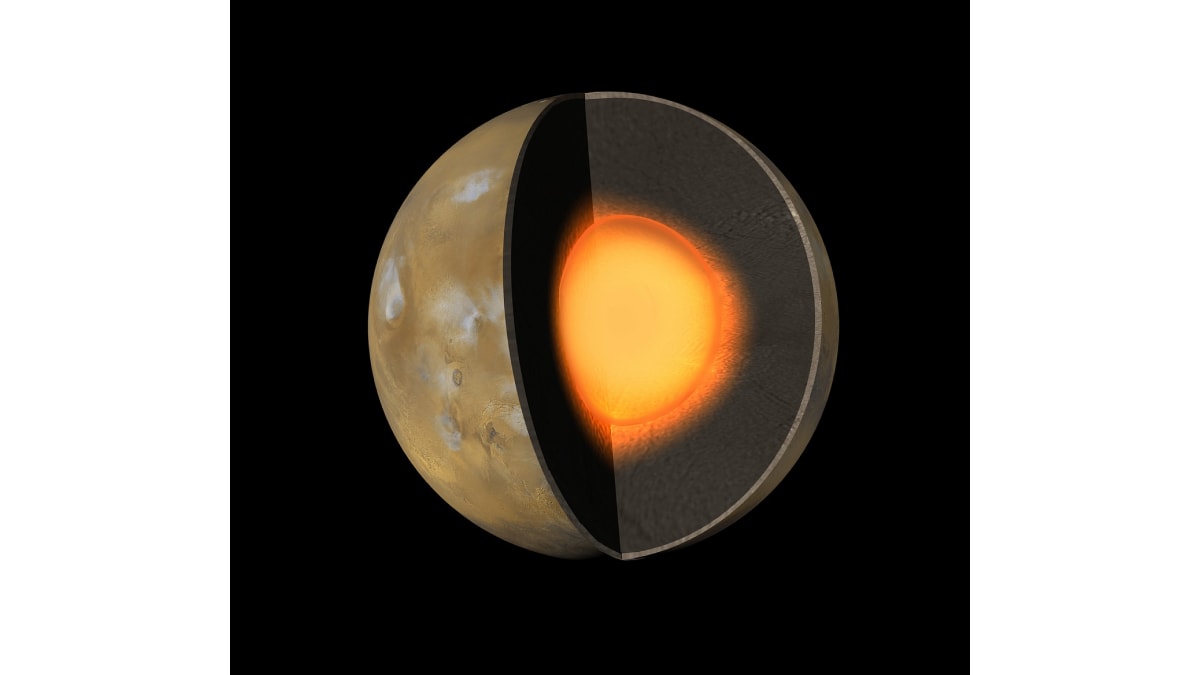Research indicates that Earth's solid inner core, a metal sphere encased within the molten outer core, could be undergoing changes in both rotation and surface structure. Studies involving seismic waves from earthquakes have revealed that the core's rotation may have slowed, paused or even reversed relative to Earth's surface approximately 15 years ago. New findings presented by John Vidale, a geophysicist at the University of Southern California, during a meeting of the American Geophysical Union suggest that additional changes to the inner core's surface could also be occurring.
Earthquake Waves Reveal Inner Core Dynamics
Insights into the inner core rely on seismic waves generated by earthquakes, as no instrument can directly access Earth's core. According to to reports, geophysicists often examine seismic waves originating from the South Sandwich Islands near Antarctica. These waves traverse the Earth, passing through its layers and arriving at recording stations such as those in Alaska. Waveform discrepancies between similar earthquakes occurring at different times indicate changes within the inner core.
Surface Changes and Deformation Hypotheses
Reportedly, Vidale and his team analyzed seismic data from around 200 earthquake pairs recorded between 1991 and 2024. Discrepancies in waveforms were observed in recordings from Yellowknife, Canada but not from Fairbanks, Alaska. Vidale attributed these differences to possible deformation of the inner core's outer surface. According to reports, the entire core might be subtly reshaping or localized regions could be swelling or contracting. These changes might be influenced by gravitational interactions with the mantle or material flow within the outer core.
Diverse Perspectives on Core Behavior
The interpretations remain debated. Lianxing Wen, a geophysicist from Stony Brook University, has suggested in a statement that surface changes alone, without rotational differences, might explain these observations. Meanwhile, Xiaodong Song of Peking University emphasized in his statement that both rotational and surface changes could be contributing factors.
Current findings remain limited in their implications for Earth's surface, as stated in reports. Until further research clarifies the processes, the potential impact remains uncertain.
For the latest tech news and reviews, follow Gadgets 360 on X, Facebook, WhatsApp, threads and Google NewsFor the latest videos on gadgets and tech, subscribe to our YouTube channelIf you want to know everything about top influencers, follow our in-house Who'sThat360 on Instagram and YouTube,

Anthropic's Claude 3.5 Haiku AI Model Released to All Users on the Web and Mobile Apps
Samsung Might Equip Galaxy S26 Series With Its In-House Exynos Chips in 2026



